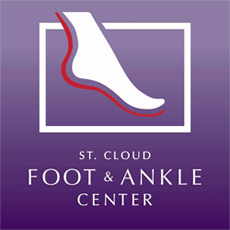What Is Causing My Heel Pain?
Heel pain is most commonly caused by a condition called plantar fasciitis, an inflammation of the connective tissue that runs from the bottom of your heel to the toes. Prolonged impact or pressure on this tissue can cause small tears, which results in pain and inflammation. 
Your heel pain could also emerge from Achilles tendonitis, referring to inflammation of the tendon that runs from the back of your heel up along the calf. Other conditions that can cause heel pain include arthritis, stress fractures, bursitis (joint inflammation), or an Achilles tendon rupture.
How Can I Tell if My Heel Pain is Caused by Plantar Fasciitis?
Most people with plantar fasciitis feel a stabbing pain in their heel when they take the first few steps in the morning. Sometimes, the pain decreases during the day but returns when you stand up after sitting for an extended period.
Plantar fasciitis pain also feels worse after you leave the gym, rather than during your workout. Runners are more susceptible to plantar fasciitis, as well as those who are overweight or do not wear shoes with enough arch or heel support.
How Do You Treat Heel Pain?
The first step is determining the cause of your heel pain with a thorough examination and possibly X-rays or an MRI. The podiatrists at St. Cloud Foot and Ankle Center always attempt to relieve heel pain with nonsurgical treatment.
For conditions like plantar fasciitis, the doctor may recommend the use of an orthotic device, Extracorporeal Pulse Activation Technology (EPAT) Shockwave Treatment -- an alternative to surgery that accelerates the healing process - a night splint, physical therapy, and the use of non-steroidal anti-inflammatory drugs, such as Ibuprofen. Icing the area and staying off the foot are also recommended for heel pain patients.
In cases of severe pain, the podiatrist may recommend a corticosteroid injection to help reduce the inflammation and relieve pain. If the above treatments fail to treat the condition, your podiatrist may suggest surgery.
Could a Heel Spur Cause Heel Pain?
Many people attribute heel pain to a heel spur (a small bone growth on the heel). However, heel spurs do not directly cause heel pain. Heel spurs are present in more than half of people who have plantar fasciitis, but it is plantar fasciitis, not the heel spur, that’s causing the pain. Only rarely does a heel spur grow so long that it interferes with a nerve and causes pain.



